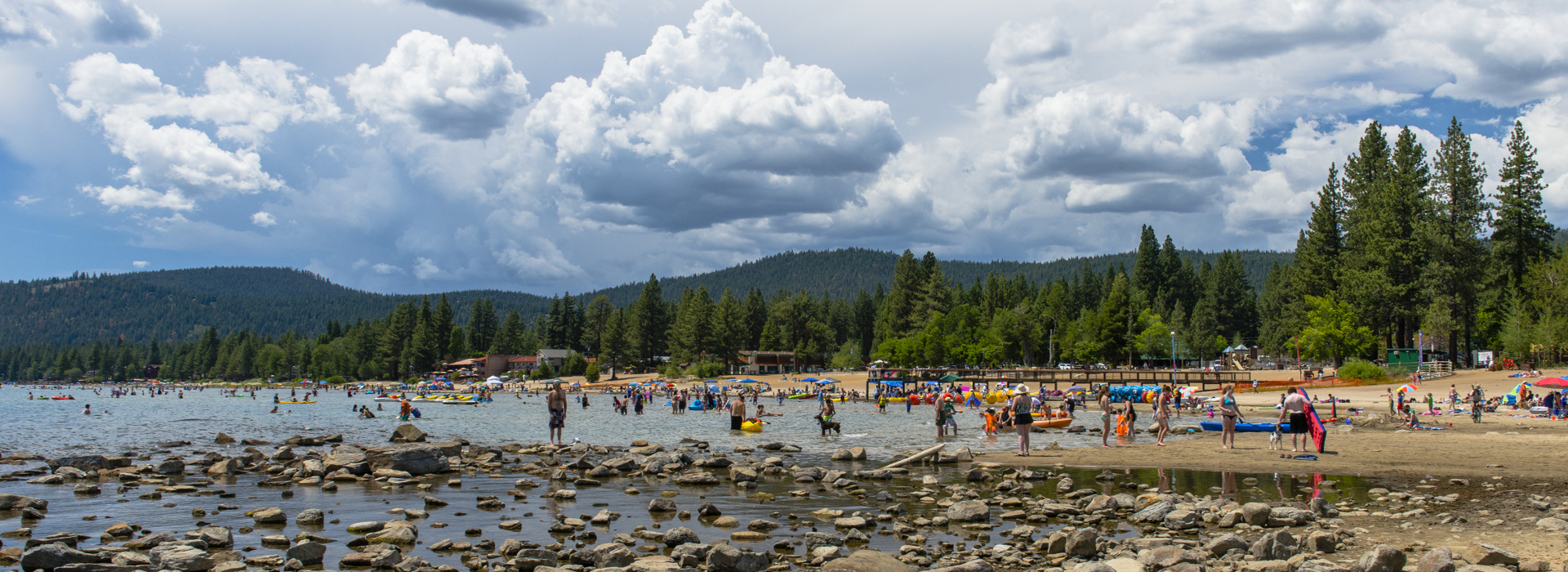Swimming Safety Tips
Swimming
- Life jackets:
- Wear a life jacket for any aquatic activity such as boating or swimming.
- Life jackets can be borrowed for free at one of over 100 local life jacket loaner stations throughout the state.
- Observe rules and only swim in designated areas.
- Swim only in lifeguard-protected beaches and obey all instructions and orders from lifeguards.
- Not all beaches along the California coastline are recommended for swimming or wading. The very things that make these areas such spectacular places to look at and enjoy can be lethal to those caught unaware along the shoreline. Observe all warning signs posted at state park units.
- Teach children that swimming in open water is not the same as swimming in a pool: They need to be aware of uneven surfaces, river currents, ocean undertow and changing weather.
- Do not enter the water if it is too cold:
- Some of California’s rivers run at temperatures between 30 and 40 degrees, which can literally take your breath away.
- Also, jumping into cold water can cause life-threatening effects, including an involuntary gasp for air when you are under water, cardiac arrest, temporary paralysis, hypothermia and vertigo and disorientation when the cold water enters the ear canal.
- Do not panic if you do find yourself in cold water. Used controlled breathing; do not gasp for air.
- Actively supervise children: Actively supervise children in and around water, giving them their undivided attention. Appoint a designated adult “water watcher,” taking turns with other adults and letting children know who that water watcher is.
- Use the buddy system with swimming.
- Never turn your back to the ocean: Large waves can hit the shore without warning, surging further up the beach than normal waves. The backwash can knock you off your feet and drag both children and adults into deep water. Click here for more information about ocean safety.
- Never dive headfirst into the water: You may hit hidden rocks or the shallow bottom, resulting in serious injury, paralysis or death.
- Rip currents: If caught in a rip current, stay calm and do not fight the current. Escape the current by swimming parallel to shore. When free of the current, swim away from the rip at an angle toward shore. If you feel you will be unable to reach shore, draw attention to yourself by facing the shore and calling and waving for help.
Diving
- Observe rules and only dive in designated areas. Rocks, cliffs, piers, etc., are not approved for jumping and diving from.
- Hazards can be hidden underneath the water’s surface, even in familiar waters. Exercise extreme caution.
- Dive to your ability, training and experience level.
- Check the actual diving and weather conditions, as well as underwater visibility and currents.
- Always dive with a buddy and have an emergency plan you have agreed on with your buddy.
- Know your entry and exit points.
- Plan your dive and dive your plan!
For more information about diving safety, visit the Divers Alert Network website and the State Parks website.


